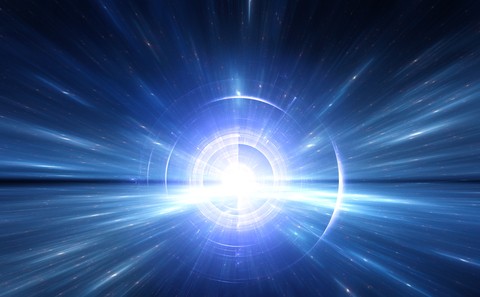these are TRIPPY and COOL…
This is a list of 10 extremely interesting theories about our universe. Most of this stuff is so hard to get your head around because unlike typical science experiments in a lab, we are theorizing about things that are up to billions of light years away. A lot of this is based on the doppler effect in astronomy. Here is some background on it from the University of Illinois website:
In astronomy, the Doppler effect was originally studied in the visible part of the electromagnetic spectrum. Today, the Doppler shift, as it is also known, applies to electromagnetic waves in all portions of the spectrum. Also, because of the inverse relationship between frequency and wavelength, we can describe the Doppler shift in terms of wavelength. Radiation is redshifted when its wavelength increases, and is blueshifted when its wavelength decreases.
Here is more info from the University site on this effect:
Astronomers use Doppler shifts to calculate precisely how fast stars and other astronomical objects move toward or away from Earth. For example the spectral lines emitted by hydrogen gas in distant galaxies is often observed to be considerably redshifted. The spectral line emission, normally found at a wavelength of 21 centimeters on Earth, might be observed at 21.1 centimeters instead. This 0.1 centimeter redshift would indicate that the gas is moving away from Earth at over 1,400 kilometers per second (over 880 miles per second).
Shifts in frequency result not only from relative motion. Two other phenomena can substantially the frequency of electromagnetic radiation, as observed. One is associated with very strong gravitational fields and is therefore known as Gravitational Redshift . The other, called the Cosmological Redshift, results not from motion through space, but rather from the expansion of space following the Big Bang, the fireball of creation in which most scientists believe the universe was born.
We hope you like the video and are inspired to learn more about space!
thanks to the University of Illinois for the info

I saw the universe once. It was like an irregular cubic rectangle expanding balloon. I could draw it. 🙂